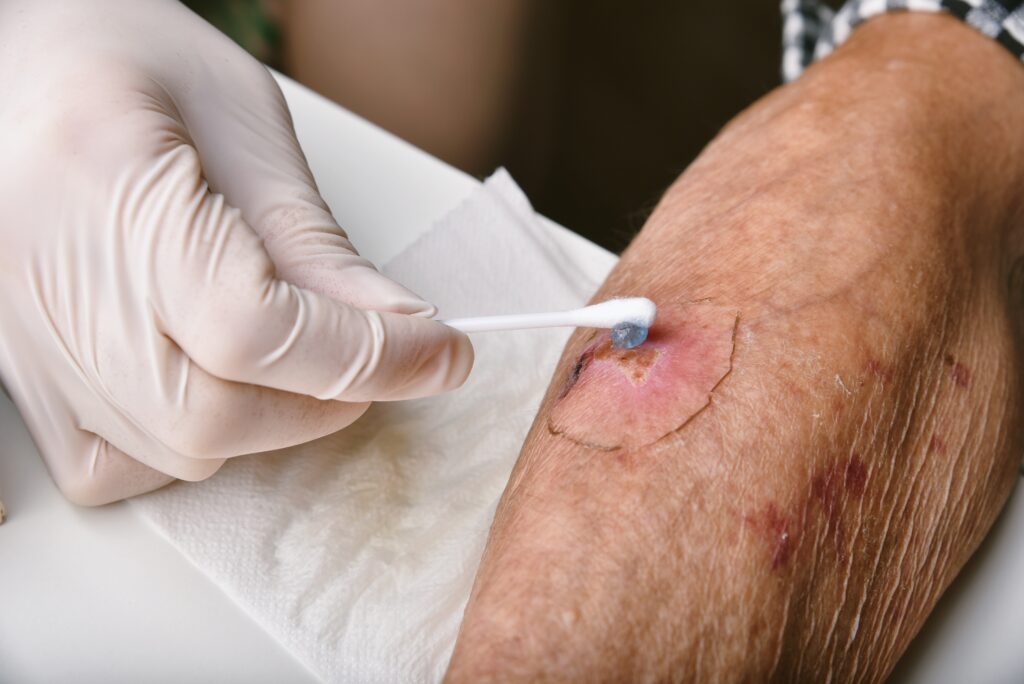No one wants to get wounded. Unfortunately, a wound can sometimes be an essential part of the healing process. All surgeries, for example, would result in wounds. If patients want to recover fast, they have to perform proper wound care. Or else, they could get infections, worsen the health problem, and extend the healing time.
If you are taking care of yourself or taking care of a family member with a wound, this article will talk about the types of wound care dressings that you need to be familiar with. The kind of dressing that your wound needs depend on your wound’s severity, where it is located, what size and type of wound it is, your skin type, and your age. Here is what you need to know:
1. Covering in Gauze
Almost everyone is familiar with gauze as a way to treat wounds. Many different types of fabric are used for this type of dressing. There are clothes made from rayon, nonwoven silk, polyester, and cotton.
This dressing does not seal the skin, letting the air pass through. It does not limit the blood and water to flow in your body as well. It comes in different sizes and shapes, making it a flexible covering for different kinds of wounds.
2. Placing Transparent Films
Transparent films are an amazing new technology for wound dressing. This plastic-looking dressing has one side that sticks to the skin but does not cling onto the wound. It is the best choice if you want to take a shower without thinking much about whether your injury would get wet or infected.
The material is impervious to water, liquid, and bacteria, but it allows moisture vapor and atmospheric gasses to pass through. Besides the protection from liquids, this transparent film enables patients and doctors to see the wound. However, not all wounds would be recommended for transparent films. Ask your doctor to confirm if allowed for your case.
3. Using Hydrogels
Similar to transparent films, they are transparent. They come in different forms, such as gel, sheets, or impregnated gauzes. What makes it different is how it can soothe wounds because of its 80 to 99 percent water or glycerin content. They add that moisturizing effect that reduces the pain, fights infection, and helps heal the wound.
They are perfect for minor burns, painful wounds, full and partial thickness wounds, dry wounds, and radiation damage. While it has many benefits, it is not as effective as the others in keeping the bacteria off your wound.
4. Putting on Foam Dressing
Another moisture-giving type of wound dressing is foam dressing. This dressing provides a cushioning effect thanks to its small foam. It is a common way to dress a wound resembling a band-aid but with foam. It is best placed on bony body parts or parts that experience more friction.
Conclusion
Wound dressings were not invented to make life more complicated for patients. They exist to optimize healing. Choosing the right kind of coverage and performing the proper sealing method helps heal the wound fast. Besides learning about the different dressing types, make sure that you remove them accordingly and replace them with new ones as needed.
That is only four out of many wound dressings existing today. If you think you need help finding out what and how the proper wound dressing should be, contact us at Bridge Home Health & Hospice. We provide home health care at home for patients in need, including wound care.

